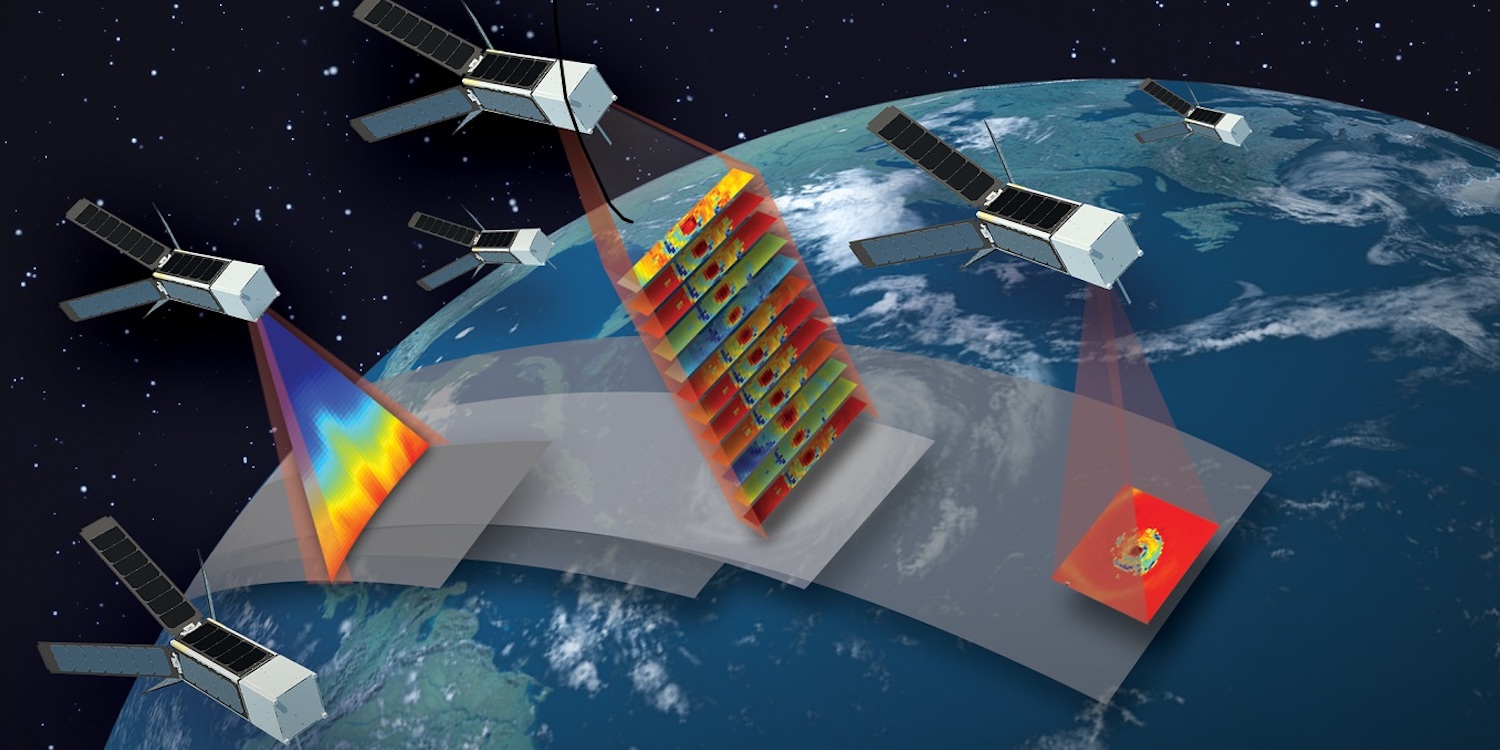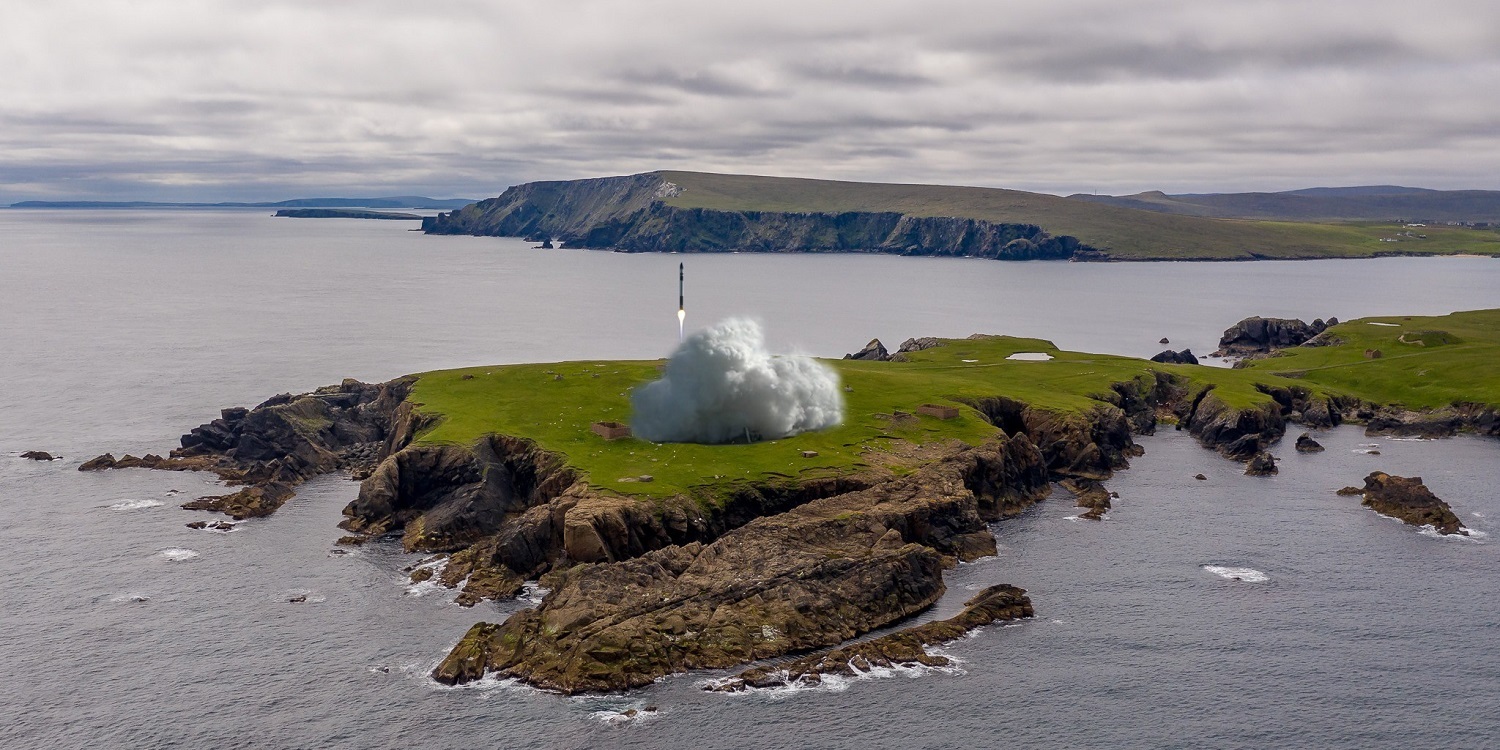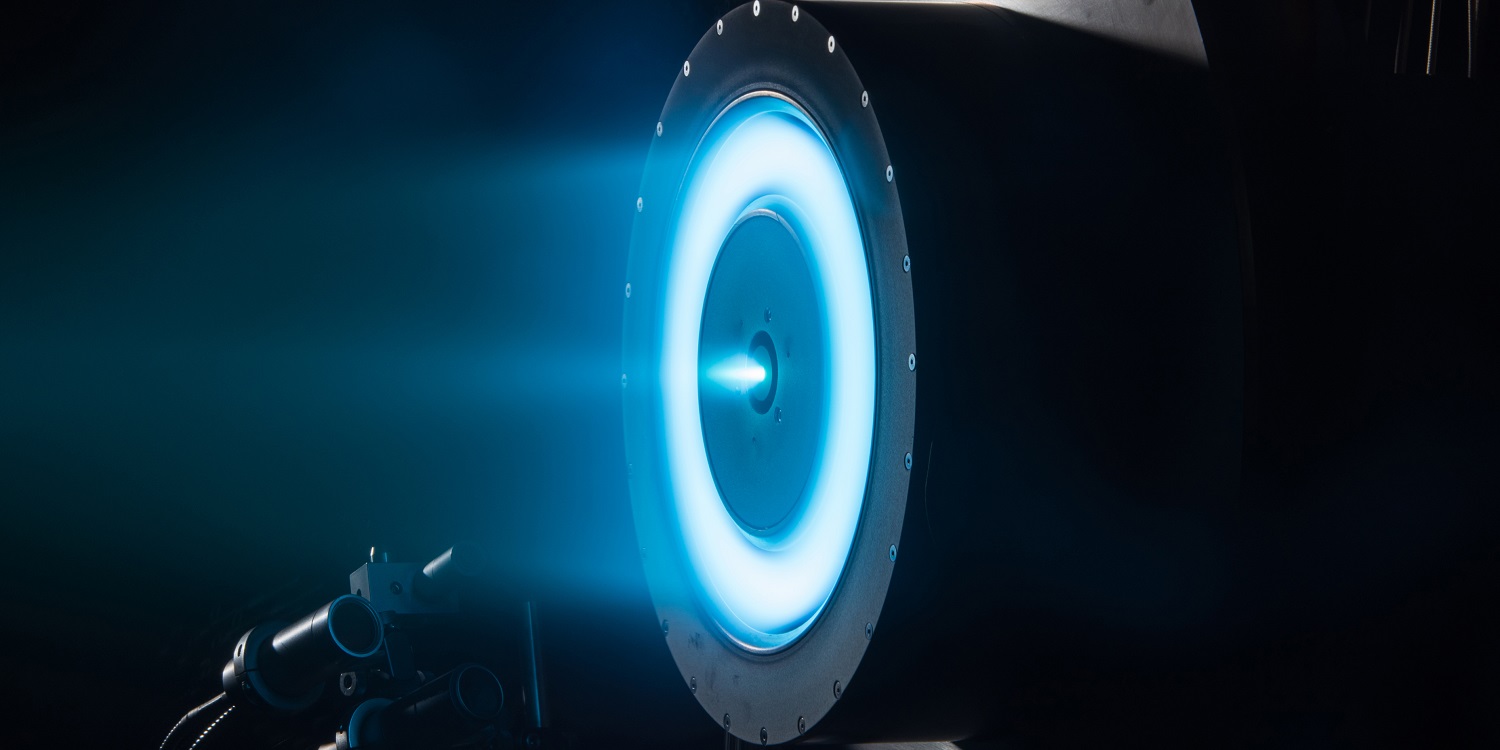
Since Astra’s founding in 2016 we’ve been on a mission to Improve Life on Earth from Space® by delivering customer payloads to orbit through frequent and reliable dedicated launches as economically as possible.
Our goal with Launch System 1 was to achieve orbital capability as quickly as possible and demonstrate that we could mass-produce rockets. And we did, by launching incrementally more capable rockets – 1.0, 2.0, 3.0, 3.1, 3.2, and finally a series of Rocket 3.3 rockets that made Astra the fastest privately funded U.S. company to reach orbit.
Following the flight anomaly on our last launch, we listened to our customers, our team, and our stockholders and made the strategic decision to accelerate the introduction of a higher performance rocket and add additional testing that we believe will increase the reliability of future launches.
Launch System 2 is our answer to our existing launch customers, and an increasing number of satellite operators around the world, that need affordable and frequent dedicated orbital launch services to enable new space services. These launch services have the potential to unlock next generation communications services, critical national security and defense applications, and a wide range of Earth observation capabilities that will create a healthier planet.
We believe Launch System 2 will provide Astra’s customers the launch services they need, whether that be constellation deployment, constellation management, or responsive missions. Dedicated small launches give satellite operators the ability to deploy their spacecraft directly to their operational orbits and allow them to start providing services and adding value sooner.
Our customers and the broader market were clear about wanting three things from Astra’s new launch system: reliability, increased payload capacity, and an increased launch cadence. Launch System 2 has been specifically designed to address these needs.
While Launch System 1 made Astra the fastest privately funded U.S. company to reach orbit, the goal of Launch System 2 is to build a highly reliable system that we believe can scale to a weekly launch cadence.
DESIGNED FOR RELIABILITY & SCALED MANUFACTURING
While the new launch system builds on the heritage of Launch System 1, Launch System 2 is more than just upgraded hardware – it represents a cultural shift from our primary focus on schedule to a focus on reliability. This launch system is the result of a significant change in how Astra designs, builds, qualifies, and operates our launch system.
While Launch System 1 began its initial development with just a handful of people in a garage six years ago, Launch System 2 is being designed by teams of world-class engineers in a 225,000 sq. ft. manufacturing and testing facility.
We are a completely different company than when we designed Launch System 1 and that shows in the level of investment we’re making into the reliability of this system. The entire system has been scrutinized, and re-engineered where necessary, to support our plans to reliably and repeatably deliver our customers’ payloads to orbit.
This shift encompasses every stage of the development process, with multiple teams in the organization focused primarily on reliability, quality, and system safety. We’re better-resourced across the board than we were during the development of Launch System 1, including the creation of a new System Verification and Assurance team, quality control lab, and failure analysis lab with state-of-the-art testing capabilities.
A reliable launch system is about much more than just a rocket, it’s about creating an integrated system that works seamlessly together. The launch system is comprised of three key subsystems:
- Rocket – the launch vehicle itself, which ultimately delivers payloads into their final orbit
- Ground System – the infrastructure on the pad when Astra launches
- Mission Control – the interface between our operators and the rocket
ROCKET 4
Rocket 4 builds on the heritage, flight-proven designs, and manufacturing techniques of hundreds of subsystems demonstrated during the successful orbital flights of the 3 series rockets, but there are several key changes to the Rocket 4 architecture.
Increased Size and Capacity
Rocket 4 will stand 62 feet from tip to tail, with a total diameter of 72 inches. This overall size increase allows the vehicle to carry greater volumes of propellant, and in turn deploy significantly more payload mass – with a target payload capacity of 600 kg to mid-inclination 500 km low Earth orbit over the course of the product lifecycle.
Increased Fairing Volume
Rocket 4’s increased diameter provides a dramatic increase in the volume available for our customers’ spacecraft. This increased fairing was designed to fit one ESPA Grande spacecraft, two ESPA spacecraft, or multiple CubeSats – with a maximum height of 133 inches and a maximum width of 67.5 inches.
Updated First Stage Architecture
Rocket 4’s first-stage architecture uses much of the same architecture from Rocket 3.3, with two key updates that will dramatically improve performance and manufacturability. First, the domes are now stamped directly from single sheets of aluminum, reducing weight and streamlining overall manufacturability – which in turn reduces launch costs for our customers.
Second, the first stage engine architecture has been simplified from five battery pump-fed engines to two turbopump-fed engines and will deliver a maximum combined liftoff thrust of approximately 80,000 lbf. Astra is developing and qualifying an upgraded derivative of a previously qualified engine for this application.
Updated Upper Stage Architecture
The upper stage has undergone the largest architectural change from Rocket 3.3. Rocket 4’s upper stage has moved to a full-diameter, common dome design – which aligns production approaches between the two stages – increasing build reliability and decreasing total manufacturing costs. The upper stage is propelled by a turbopump-fed liquid oxygen/kerosene engine delivering ~6,500 lbf. of vacuum thrust. This engine is also a derivative of an existing qualified engine.
GROUND SYSTEM
One of Astra’s core values is “simple scales”, and that is reflected in the goal to develop an easy-to-deploy, mobile launch system. The ground system has undergone several impactful updates that simplify the system and support scaled launch operations:
- Optimized for improved site turnaround: critical systems have been moved from the launcher into two easy-to-access containers on the launch site, shielding critical components and simplifying maintenance between launches.
- Designed for mobility: despite the overall size increase of the rocket, the launcher and rocket are still designed to fit within standard sized shipping containers, ensuring that Astra’s launch system remains easy to deploy by land, sea, or air.
- Designed for automation: Launch System 2 uses sensors and valves that can detect issues and “report back” to launch operators in real time, flagging anomalies in the system and mitigating issues through early detection.
MISSION CONTROL
Launch System 2 provides Astra an opportunity to further improve the interface between our Launch Operations team and the launch system hardware. Key updates being made to mission control are:
- Increased automation through software improvements to eliminate more opportunities for human error – creating a more scalable and reliable launch system.
- Simplifying pre-launch procedures to reduce the number of mission control operators: the end goal for Launch System 2 is to reduce the number of mission control operators from four to two. Simplified procedures and increased automation will effectively double Astra’s mission control teams with no additional headcount – reducing launch costs for customers.
PATH TO LAUNCH
We expect Launch System 2 to deliver best-in-class launch economics and launch frequency via a platform that is being optimized for reliability at every phase of the development process. It’s an incredibly exciting time to be bringing this new launch system to market, which we have designed from the ground up to deliver the launch services that we understand our customers need.
We will continue to provide updates on the key development, testing, and qualification milestones for Launch System 2 as we continue with its development.
Source: Astra



